Xjet on its Safe, Eco-Friendly Process for Ceramic and Metal 3D Printed Parts
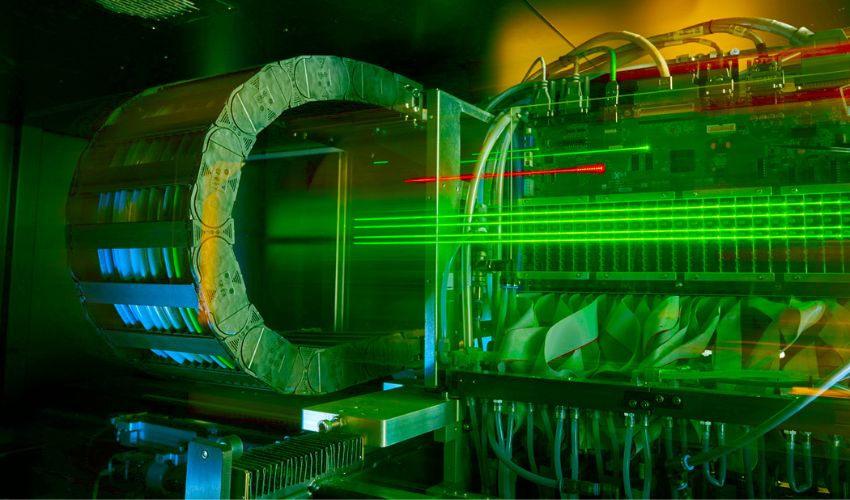
Already, the 3D printing industry has seen a rapid increase in commercialization. This has led to huge growth in certain verticals such as ceramics and metal. Recent research suggests that ceramic 3D printing could be worth 384 million US dollars by 2025. The metal market, which is considered one of the fastest growing in the AM sector, is expected to surpass $18B by 2032 for understandable reasons.
These materials enable 3D printing to create complex parts with excellent mechanical properties. NanoParticle Jetting™, the signature process of AM 3D printing leader XJet, is compatible with both ceramics and metals, offering an automated, safe, environmentally friendly path toward scale manufacturing of high-quality, geometrically complex parts. We spoke with the company’s CMO, Guy Zimmerman, to learn more about the technology, its benefits, and XJet’s unique approach.
3DN: Could your introduce yourself to Xjet?
Guy Zimmerman is my real name. As Xjet grows, I recently joined the company as its CMO. My experience is diverse, but my most important one is in global business. Xjet, a 3D printer manufacturer, is currently focusing on the most difficult segment of additive manufacturing, metals, and ceramics. High quality, ready to use metal and ceramic parts that go into manufacturing and not into prototyping: that is the ambition using our own patented NanoParticle Jetting™ (NPJ) technology.
Xjet is a 3D printing company that focuses on the most difficult segments of additive manufacturing: metals and ceramics. High quality, ready to use metal and ceramic parts that goes into manufacturing and not into prototyping, that is the ambition using our own patented NanoParticle Jetting™(NPJ) technology.
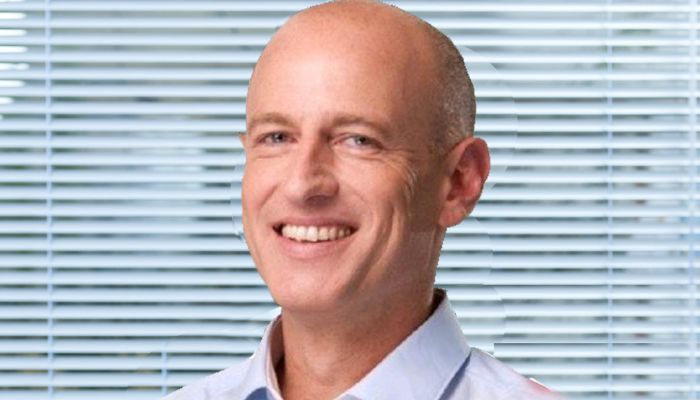
Guy Zimmerman
3DN: How does NPJ function? It has many benefits.
NPJ delivers clean, automated manufacturing of high quality parts in metal and ceramics without involving powders, manual labor, or post processing . What enables this breakthrough is XJet’s unique additive manufacturing process based on nano-particles direct material jetting, which print high-resolution parts using the toughest materials in scale. The support and main materials in this process are inks. This is a breakthrough in AM.
Let’s dive a little deeper into the printing procedure. It is called Print-Wash – Sinter. It works by using procurable material that is based on nanoparticles. This allows us to simultaneously print both the support and the material. It is a very tough but easily soluble material. The support is then washed with water in an automated process after the build is completed. The final sintering stage is performed in an industry furnace at a lower temperature than with powder-based solutions. This enables the highest complexity, accuracy and a level surface. This technology also eliminates design-related limitations. Technology and the use nanoparticle layers as well as soluble support allow for complex geometries and internal components. This technology also opens up new design possibilities that were previously considered impossible.
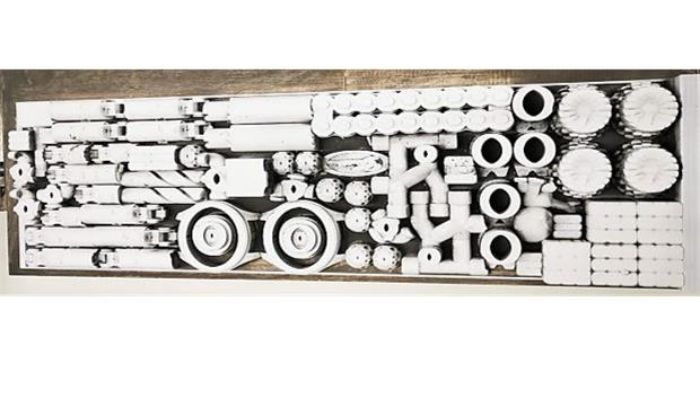
Xjet can provide a variety of solutions.
You get high-quality parts that are precise and of the highest quality right out of the gate. ThE-printed parts don’t require additional processing or machining. As with the XJet slogan: print, wash, and sinter.
Another benefit of nanoparticles is their ability to Print thin layers. The density level is significantly higher compared to other additive technologies, reaching highest levels of material purity, density and surface smoothness. This significantly improves the parts’ performance and reduces the sintering effect.
The sintering process transforms the particles into the material. This often causes significant shrinkage. With XJet’s technology, the process is done at a temperature lower than 200C, which saves time, boosts density, and reduces isotropic and overall shrinkage. Shrinkage remains the same along the x, y and z axes, resulting in no distortions in the final part. This groundbreaking and proprietary technology is packed in high-throughput manufacturing systems. This digital process is safer than manual, hazardous, and polluting processes that result in lower quality parts.
3DN: What are the applications for Xjet’s solutions?
We are collaborating with market leaders customers to target specific verticals and applications across all three industry domains: industrial, medical, and consumer goods.
Alumina and Zirconia are ceramics that offer high resistance to heat and corrosion. This freedom opens up new opportunities in industrial applications, such as for example, Alumina or Zirconia. Manufacturing equipment parts for semiconductors, heat exchangers and electricity connections, wave-guard antennas, and parts of electrical boards.
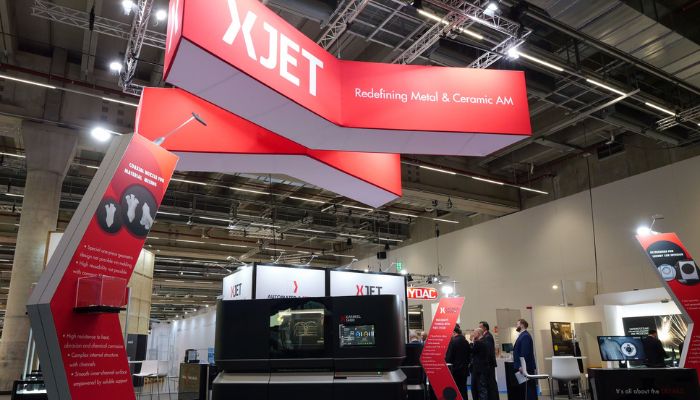
Formnext 2022 was attended by Xjet
We are expanding our presence in dental crowns and dental implants. This is a growing market. In consumer goods we focus on high value wearables like high-end earbuds (which is an intriguing application, as the printed parts are very small, nonconductive, and customized to offer top acoustic qualities), and luxury watches.
Our high-performance Carmel1400 system can even produce several ceramic parts. We also print our parts on our own machines. Metal is a new technology that has replaced traditional MIM (Metal Injection Molding). It can be used for short runs or high-quality parts such as surgical devices and hydraulic system parts.
Our technology can be used to replace many traditional technologies by supporting a wide range of applications. It includes MIM, CNC and investment casting. This is a central technology that has small parts, but struggles when part production is below 20,000. We are able to make our technology more economically efficient.
3DN: What made Xjet launch a solution for metal?
After having established ceramic technology among market leaders as well as ceramic technical leaders, the metal section of our portfolio was completed with two top-quality stainless steel materials. Metal is a more diverse market. Developing the metal solution was more challenging, but we’ve reached unprecedented performance levels, even better than ceramics. After extensive evaluations, the metal solution was finally introduced to the market in early 2022.
It is now available, and we showcased it at Formnext 2022 with testimonials from the technology’s leading beta users. Visitors saw how the metal solution is competitive with many powder-based technology and demonstrated its clear advantages as an automated, clean process that can be used in a variety sector.
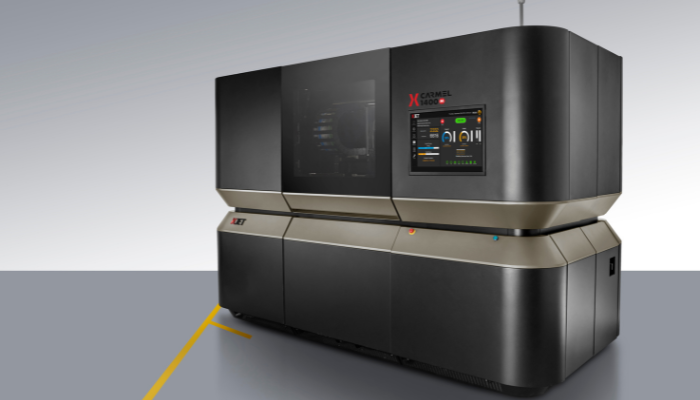
Xjet’s metal solution
There are many benefits to this technology. The first is that we were able create soluble support materials which can work with metal. This is an enormous advantage for many users. Another advantage is the high quality surface of the part. It is visible right out the machine and does not require additional processing. The third benefit is the ability produce highly complex parts with precision, which is hugely beneficial for many applications.
We can also print the entire wristband of a premium watch made from stainless steel. It might need a little bit of polishing, but that’s it. It is possible to print the wristband bearings directly inside the part. NJP allows you to print metal parts that are ready for use. We target users who are looking to produce high-quality, precise parts for various consumer-facing verticals.
3DN: The sustainability of your processes is another thing you can be proud of. What exactly makes it eco-friendly?
It is first and foremost safe. The materials are safe. They come in sealed bottles. There are no harmful particles or unbound powder. It’s a safe process for those who operate it, which is not the case for many AM and traditional processes. It also uses the exact amount of material required for each part. It doesn’t waste anything in an additive building process.
Our support material dissolves in water and can be easily drained. It is safe to drink, even though it does contain minerals. It almost eliminates the need for waste disposal, making it safer for people and the environment.
Our sintering process is more environmentally friendly than many other processes. This is the most energy-intensive part of the process. However, because it is conducted at low temperatures and for a shorter time, we can save a lot of money. These are key factors that make NJP one the most environmentally-friendly metal and ceramic processes.
3DN: Do you have any last words for our readers
NPJ technology has three main advantages. NPJ technology has three main advantages. It is safer, more accurate and can achieve higher density by using nanoparticles. This second benefit can be found in the building process. You can print the thinnest layers and achieve unparalleled complexity and Design for Functionality. The third benefit is the “green” element. You can clean our parts with water.
The entire process is only three steps long: print, wash and sinter. Moving forward, we believe the technology will become a major part in the digital transformation of ceramic and metal, industrial, high-quality, complex parts manufacturing. Learn more about XJet by visiting our website HERE. Or, watch the video below for a better understanding of how our technology works.
What do you think about Xjet? Let us know in a comment below or on our LinkedIn, FacebookAnd Twitter pages! Don’t forget to sign up for our free weekly Get the NewsletterReceive the most recent 3D printing news directly to your inbox All our videos can be found on our YouTube channel.
*All Photo Credits: Xjet